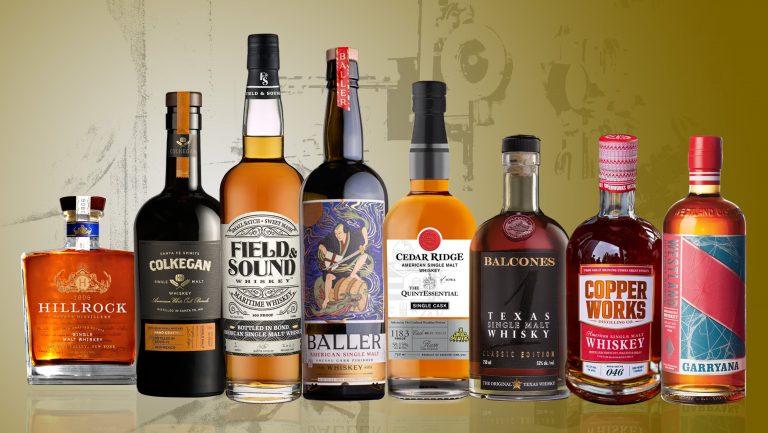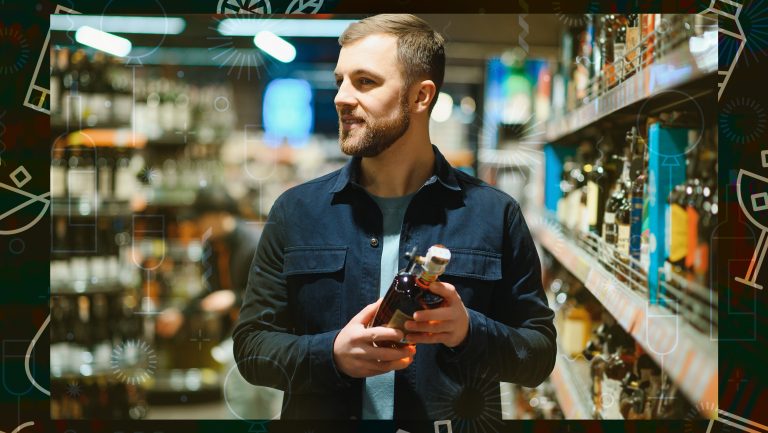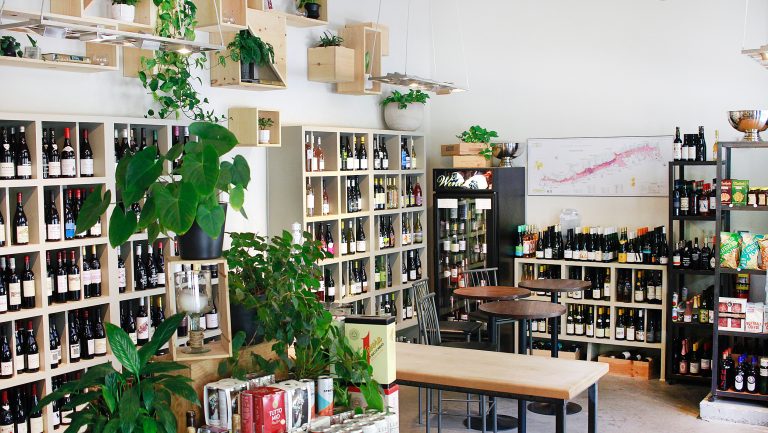Seasoned retailers know that buying wine for their shops is the easy part. It’s the million other details—marketing efforts that keep the shop top of mind, displays that keep the inventory moving, and processes that keep the shop running smoothly while keeping customers happy—that add up to a wine store that runs efficiently and profitably.
As a retailer myself, I’m always looking for small, effective ways to streamline processes and boost sales with minimal effort, and I often look to my fellow wine retailers for helpful tips and tricks. With that in mind, I spoke with independent wine shops across the country to get their insights on small changes that can have a big impact on business.
Embrace Man’s Best Friend
Make sure to cultivate your most loyal customers—those of the four-legged variety. “Dogs will literally drag their owners in,” says Lauren McPhate, the director of sales at New York City’s Tribeca Wine Merchants, who recommends keeping a regular stash of dog biscuits by the register. Getting a shop on the neighborhood canine must-visit route is an easy way to drive some foot traffic. “I make friends with all the dogs,” explains William Ferguson, a wine sales consultant at Cordial at the Wharf in Washington, D.C., “which helps me make friends with the customers.” Always ask the owner’s permission before handing out that first treat, and make sure the biscuits are located within easy reach of human customers so they can serve their dogs themselves on future visits.

Don’t miss the latest drinks industry news and insights. Sign up for our award-winning newsletters and get insider intel, resources, and trends delivered to your inbox every week.
Change the Way You Make Change
While most POS systems will calculate the change automatically, there’s a fine art to handing it out. “Hand the coins first so that they don’t slide off the bills,” suggests Marissa Ocasio, the education director at Glastonbury, Connecticut’s Center Wine & Spirits. “And I fold the receipt in half as I hand it to them. It goes into the wallet quicker.” For the coin averse, Rob Bralow, the general manager at Blue Streak Wine & Spirits in Long Island City, New York, says, “Always have a jar out for people to throw loose change into. No one actually wants a pocket full of metal.”
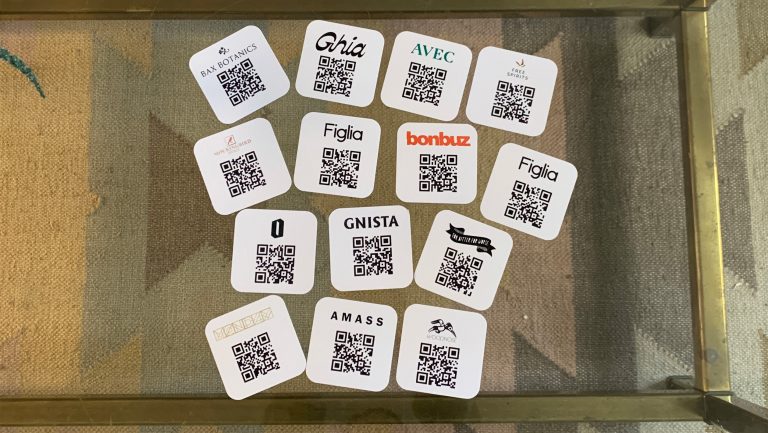
Grow Mailing Lists the Low-Tech Way
While there are plenty of ways to grow a shop’s customer list online, don’t underestimate the impact of a low-tech sign-up sheet. At Copake Wine Works, my shop in New York’s Hudson Valley, there’s always one on a clipboard at the register to collect names and emails. Customers are often reluctant to add their information to a blank sheet, so we always fill in the top line to kick off a new page. We also make sure to keep the top off the pen that rests on the clipboard—it’s an easy way to make sure customers don’t walk off with it.
Use High-Tech Ways to Schedule In-Store Tastings
Juggling sales reps and wine themes makes developing an in-store tasting calendar a major scheduling challenge. To streamline the process, Peter Plaehn, the wine manager at Surdyk’s Wine & Spirits in Minneapolis, Minnesota, uses Sign-Up Genius. “I send the form to all our reps and they can sign up for dates,” he explains. The form also allows reps to include what wine they’ll be pouring, explains Plaehn. “It can then be shared among staff so everyone knows who’s pouring when and what’s being tasted.”
Put Packaging to Work
While there’s a certain amount of unavoidable packaging involved with transporting wine, Danny Frounfelkner, the founder of Sipple, a non-alcoholic bottle shop in Houston, repurposes every bit that wholesalers and producers send to the shop; bubble wrap, wholesale shipping boxes, and four- and six-pack can holders are all reused as packaging for the end customer. Shops that regularly ship wine can befriend local wine influencers or publications and offer to take shipping boxes off their hands. While branded materials have their place, Stevie Stacionis, the co-owner of Oakland’s Bay Grape and Napa’s Bay Grape Napa, says, “we ask customers if they’d mind taking their wine in a used wine box instead of a bag (even if it’s only two to three bottles) just to save the planet.” And if the appeal to sustainability doesn’t work, a BYO bag discount usually will.
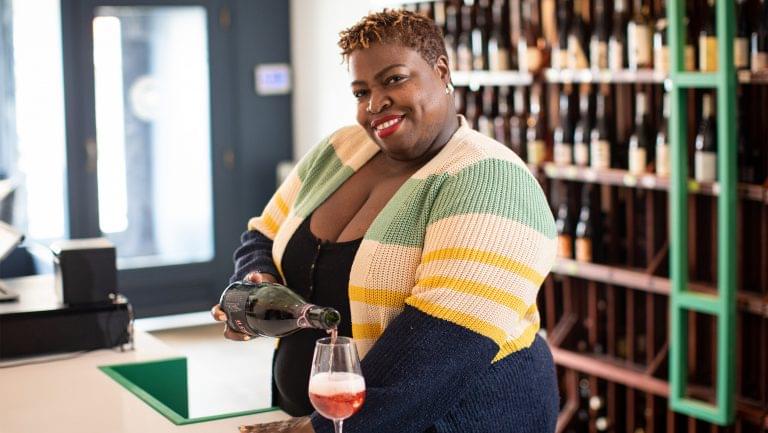
Improve Cardboard Cutting Techniques
It’s a well-known trick that the cardboard inserts of wine boxes are excellent for separating bottles once they’ve been bagged. But what’s the best technique for quickly and efficiently pulling them apart? “Separation of cardboard should not be done with scissors or paper cutters,” says Kilolo Strobert, the owner of Fermented Grapes in Brooklyn. “If using a blade or a box cutter, make sure you are cutting the cardboard inserts on a damageable surface. I personally like to cut cardboard inserts by using the straight edge of a counter.”
Take a Flexible Approach to Shelf Sets
Breaking some rules with shelving plans can help wine selections look fresh—and keep customers on their toes. “Don’t get too obsessed with the bottom shelf philosophy,” says Sarah O’Kelley, the wine director at The Exchange at Edmund’s Oast in Charleston, South Carolina, referring to the standard practice of putting lower-priced items on lower shelves. “I often put eyecatchers there or a wine that I know folks will look for to draw their attention away from the coveted middle shelves.” Frounfelkner agrees that flexibility is key. “Constantly moving brands and products around in their designated category section makes the shelves look consistently full,” he says. “More importantly, it can create a revolving door of opportunity and representation by featuring different brands and products on different shelf levels, areas, and facings.”

Help Bottles Sell Themselves
Getting creative with bottle tags allows your bottles to speak for themselves as customers browse your shelves. Allegra Angelo, the cofounder of and sommelier at Vinya Wine in Miami, regularly has a local printer run batches of shelf talkers incorporating clever, shop-specific monikers such as Patio Pounder or I Like Pizza. “It’s a fun way to make subtle suggestions and move product without being too salesy,” says Angelo. “You can get as simple or quirky as you want.” Frounfelkner makes use of QR codes to help customers navigate his shop’s selection. “The QR codes link to a hidden page on our website,” he explains. “We call it the ‘digital speakeasy.’”
Get Creative with Bin Ends
Bin ends and one-off, allocated bottles have a way of claiming more than their fair share of shelf space. “I can’t afford to have them take up a whole slot on my shelves, so I’ve started to treat them as Easter eggs,” says Bianca Sanon, the co-owner of Paradise Books & Bread in Miami. “I tuck various bottles behind other ones on the shelves. I’ll let people know that there are always extra bottles hiding somewhere, and it feels like they get more excited when they shop, like they’re a part of some kind of secret shopper game.” It’s also a way of filling up shelves if they’re looking a bit scattered, she adds.
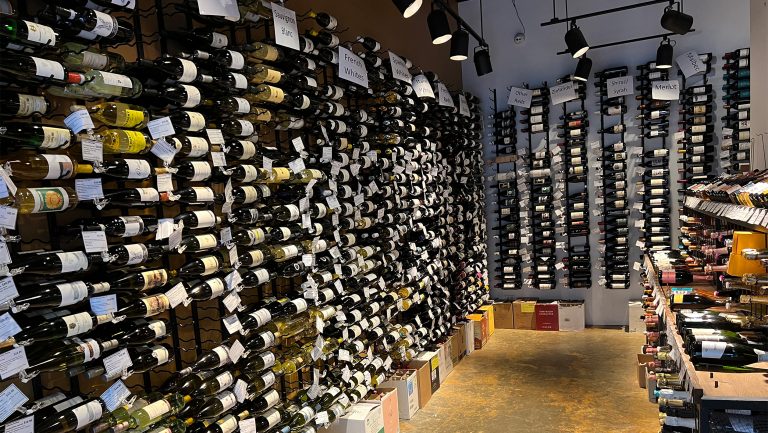
Be Strategic with Chilled Selections
Turn the cold box into a shop’s secret sales weapon with some strategic placements. “If you want to sell something in the summer, put it in the fridge,” recommends Bralow, who stocks his with high-margin items and lesser-known grapes that he wants customers to try. “Keeping them in the fridge lets me recommend them to the person on the go. And don’t bend to the complaint that what the customer wants is not in the fridge—they’ll buy the name-brand rosé anyway and they’ll also buy the thing that’s cold.”
Harness the Power of Stickers
Cara Patricia and Simi Grewal, the cofounders of DECANTsf in San Francisco, recommend a marketing trick that ensures a shop will stay top-of-mind no matter where its bottles end up. “We put stickers with our DECANTsf logo, website, and address on the back of all the bottles we sell,” says Patricia. “This way, when someone pulls a bottle out of their cellar months later, or gifts someone a bottle of wine, the little sticker is there to always let folks know where it came from.” Stickers also work as an incentive at Bay Grape. “We give customers fancy stickers if they use their own bag and don’t take one of our branded ones,” says Stacionis.

Dispatch
Sign up for our award-winning newsletter
Don’t miss the latest drinks industry news and insights—delivered to your inbox every week.
Christy Frank is a partner at Copake Wine Works, a shop in the Hudson Valley of New York. She is an advanced sommelier with the Court of Master Sommeliers and holds the WSET Diploma in Wines.




